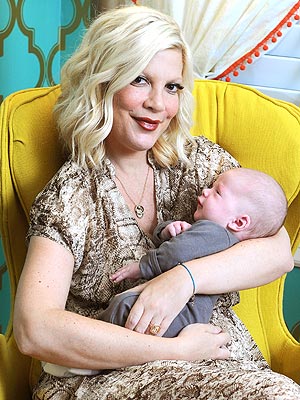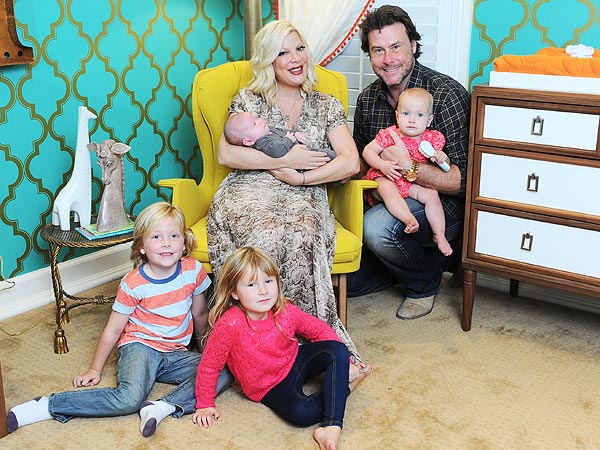A group of college and high school students has designed a Star Trek-inspired sensing device that can beam environmental data to a smart phone. The team developed their project during a summer internship program run by the Wright Brothers Institute and the Air Force Research Laboratory. and shared their results at this fall’s World Maker Faire in New York City–a showcase of DIY ingenuity. The Summer at the Edge program gives student teams ten weeks to work on science and engineering projects. The tricorder device is the team’s response to a challenge from the U.S. Environmental Protection Agency: “Is there an effective way to integrate external sensors with smart phones and can we globalize this information?” Applications could range from data collection for research to educational hands-on activities to disaster-zone assessment. The description reminded the students of a Star Trek gadget. In the sci-fi television series, the tricorder is a hand-held device used to diagnose illness, scout alien planets and more. Several real-life tricorders have been developed or proposed and the 15-member student team decided to take a crack at designing their own. The device itself looks like a clear brick filled with computer parts and batteries. It is built around an open-source computing platform called an Arduino microcontroller and transmits data via Bluetooth. An environmental sensing pod connects to the controller and collects measurements on variables like temperature, wind speed and radiation levels. Users can view data collection in real time via Google maps or an interactive graph and monitor changes and search for patterns. The tricorder’s modular design lets the team swap functionalities while still using the same Arduino controller and software. To demonstrate, the team built an additional pod equipped with an infrared beam and motion detector–a security sensor. Along the way, the team faced some challenges. Getting the sensors and the tablet to talk to each other involved a lot of troubleshooting. “We were having a lot of trouble with the Bluetooth communications,” says Lujack Prater, a junior studying electrical engineering at Ohio State University, who worked on the software design. “It was a few days that we didn’t get it. We were working on it and working on it.” Then a breakthrough: “It was really exciting–I remember the first time we started getting data streaming to the tablet,” says Grace Crumrine, part of the hardware sub-team and a sophomore in electrical engineering at Ohio State University. “But it was completely corrupt and didn’t mean anything.” The team needed to iron out software glitches and calibrate their sensors. Crumrine explains that the wind sensor was just “spitting out analogue values and we didn’t know what they meant.” So they took the sensor for a ride. While her teammate drove, Crumrine stuck the sensor out the car window. They were able to determine which values corresponded to specific speeds by rolling down the road at five, then 10 miles per hour and so on. The EPA was impressed, says Rob Williams, head of the internship program and research director of the Air Force Research Laboratory‘s Discovery Lab. “The tricorder was one of the more ambitious research projects,” he adds. “I think it validated the model that we’ve been an advocate of–bringing together motivated students and giving them the opportunity to have fun learning while doing projects that have potential.” Other notable projects include a tablet-based virtual walkthrough of medical techniques to train physicians and a device that can detect the brain’s electrical signals to give quadriplegics control over robots. What’s the next step for Project Tricorder? Williams would like to find teachers and students around the country who want to use the team’s design. He says middle school students could use the device to see how technology can help protect the environment. The military could use it to download information to virtual command centers and guide decision-making during a search and rescue based on current conditions. The device’s multi-functionality and connection to a smart phone would be key advantage. Sensor pods could even be installed in remote or dangerous locations and still report via Bluetooth.
Lujack Prater and Grace Crumrine with their team's device at the World Maker Faire. Credit: Grace Crumrine
Follow Scientific American on Twitter @SciAm and @SciamBlogs. Visit ScientificAmerican.com for the latest in science, health and technology news.
© 2012 ScientificAmerican.com. All rights reserved.
Linux/Open Source News Headlines – Yahoo! News













